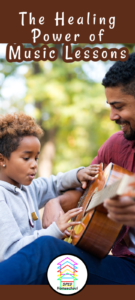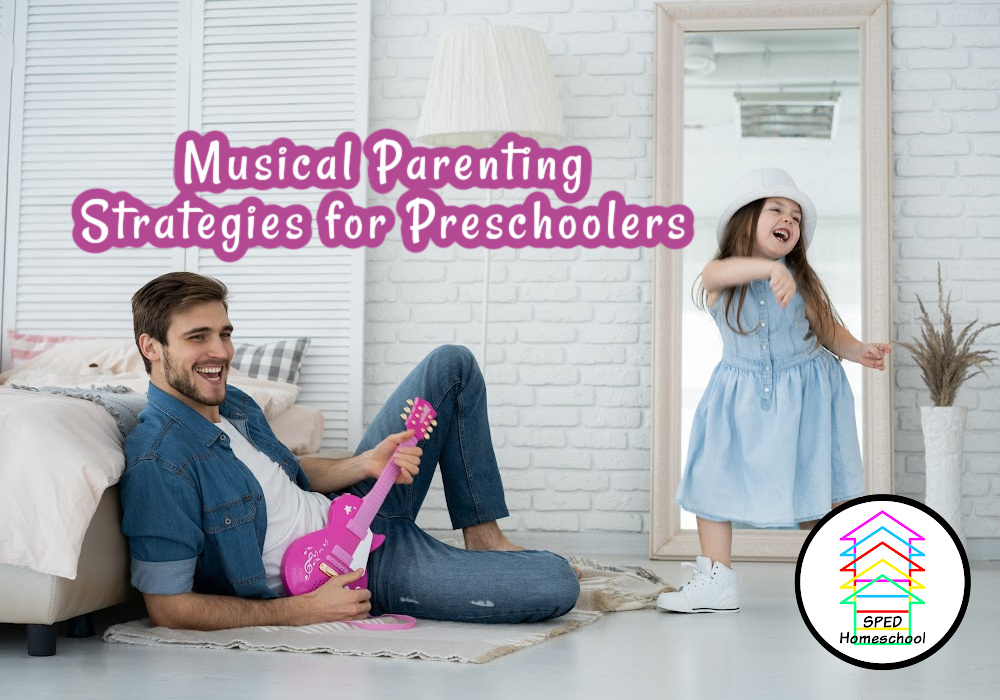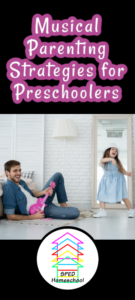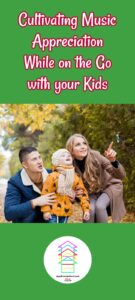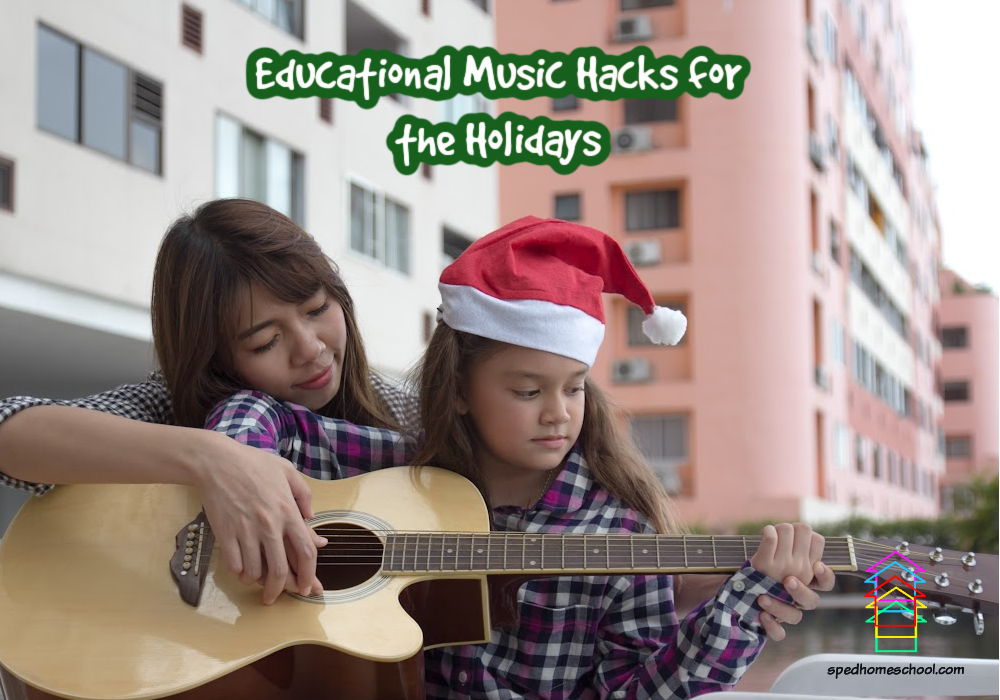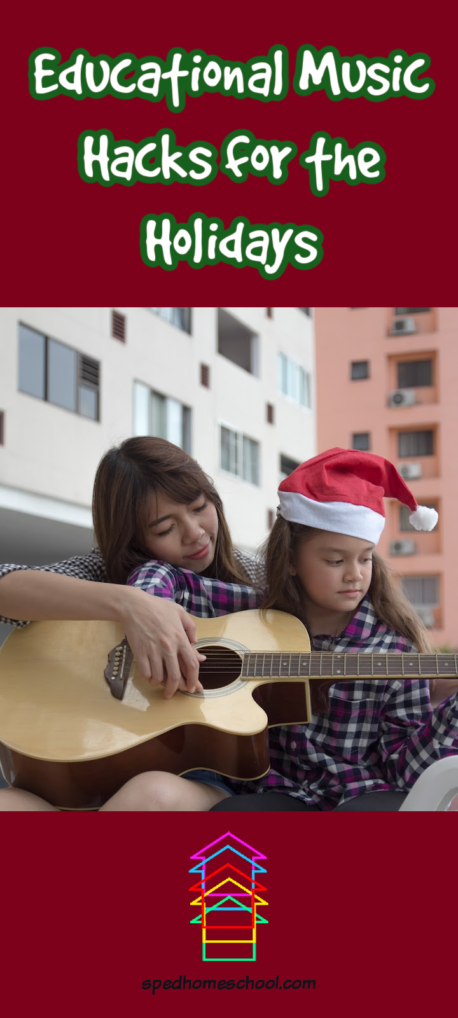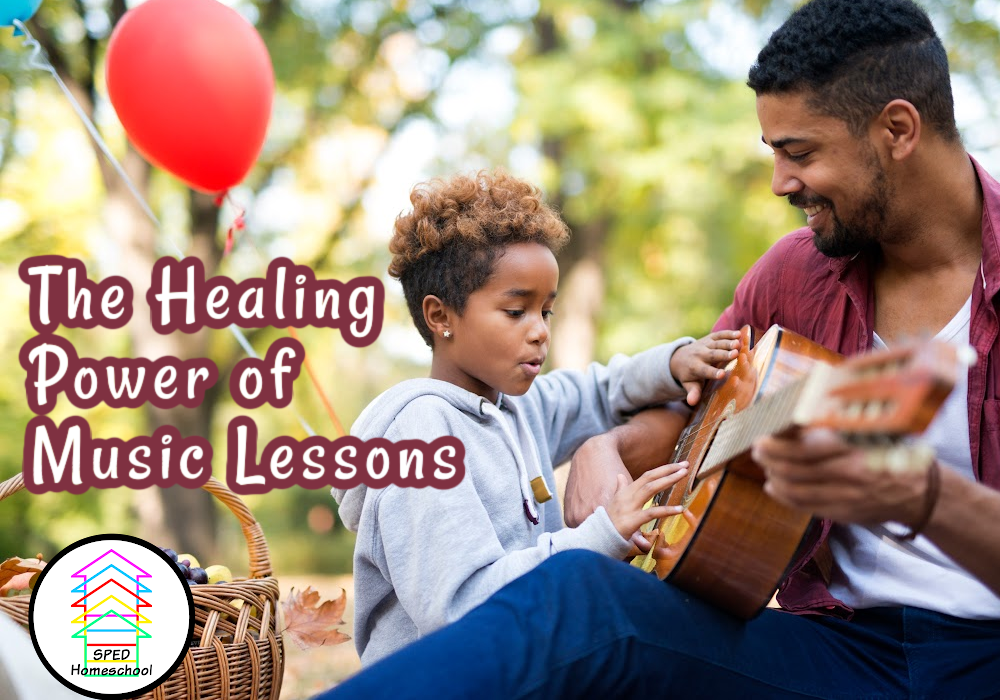
by Karyn Scott from Care2Rock
The healing power of music is truly transformational. When I started providing music lessons to youth in foster care over a decade ago with the non-profit that I started, Kids in a New Groove, I had no idea what would happen. I questioned if music lessons were important enough to devote significant time and resources to get my non-profit off the ground. It only took a few weeks to see that these lessons were nothing short of life-changing. Music provides an incredible opportunity for kids to learn to set and reach goals, connect with others, and connect with their inner, emotional, selves. As one child after another performed in recitals and opened for well-known Austin bands, their pride was inescapable. Many kids felt valued and seen for the first time. Others became serious musicians, still working in Austin today after learning their skills at Kids in a New Groove.
After the success of Kids in a New Groove, I came up with an idea to host private online music lessons by connecting the best teachers in the world with students from all over. Care2Rock.com became the online incarnation of my prior work, but lessons were for everyone,however, our teachers still volunteer for youth in foster care. After witnessing kids in music lessons for well over a decade, the evidence became clear to me: Music can change the direction of a child’s life.
Building a working knowledge of music is an incredible core skill, but the therapeutic aspect of music is often overlooked. Kids these days face stressors that are unique to the modern age: social media, a pandemic, climate issues, and mental health crises, to name a few. Music is a healing balm for many of these issues and can help heal a child’s brain by rewiring damaged neural connections. In fact, even kids who have faced serious abuse can benefit from this effect, as music can help regulate behavior and calm the nervous system.
Music can also create a safe space for kids to process emotions that are often raw and hard to communicate with parents and peers. Parents often struggle to get their kids into music lessons with so many competing activities; including sports and academics. Some parents wonder, “Is it really worth it to pile music on top of everything else?” The answer is a resounding, “Yes.” Kids flourish while learning music; whether it is online, in person, or a combination of both. Kids still build relationships with their online teachers, learn the basic building blocks of music theory and skill, and learn to set and reach goals. If you are too busy to add another activity, online lessons are a great choice and parents don’t have to get in the car and drive to yet another activity. If your child is feeling overwhelmed or having trouble communicating his or her fears, give music lessons a try. Before you know it there might be the joyful sounds of music, and a happy kid, floating through your house.
Bio
Karyn Scott received her undergraduate degree at the University of Texas in Austin, and received her law degree from Pepperdine School of Law in California. After college Karyn became an Assistant District Attorney in Austin. After rotating to a juvenile court assignment, Karyn noticed how many children in foster care were falling through the cracks and ending up in jail due to a lack of community resources. In 2004 Karyn founded Kids in a New Groove; a non-profit organization that provided Texas youth in foster care with a committed one-on-one mentoring relationship through weekly private music instruction. Karyn founded Care2Rock in 2017 as a social enterprise, solving the problem of growth by recruiting teachers to teach music to paying customers online from all over the country. Since teachers also agree to volunteer for children in need, the company’s growth is self-funded and sustainable. Through Care2Rock, Karyn hopes to help foster children and children in hospitals, not just in Texas or the USA, but all over the world.
Find Care2Rock on social media Facebook – Twitter – YouTube – Instagram

